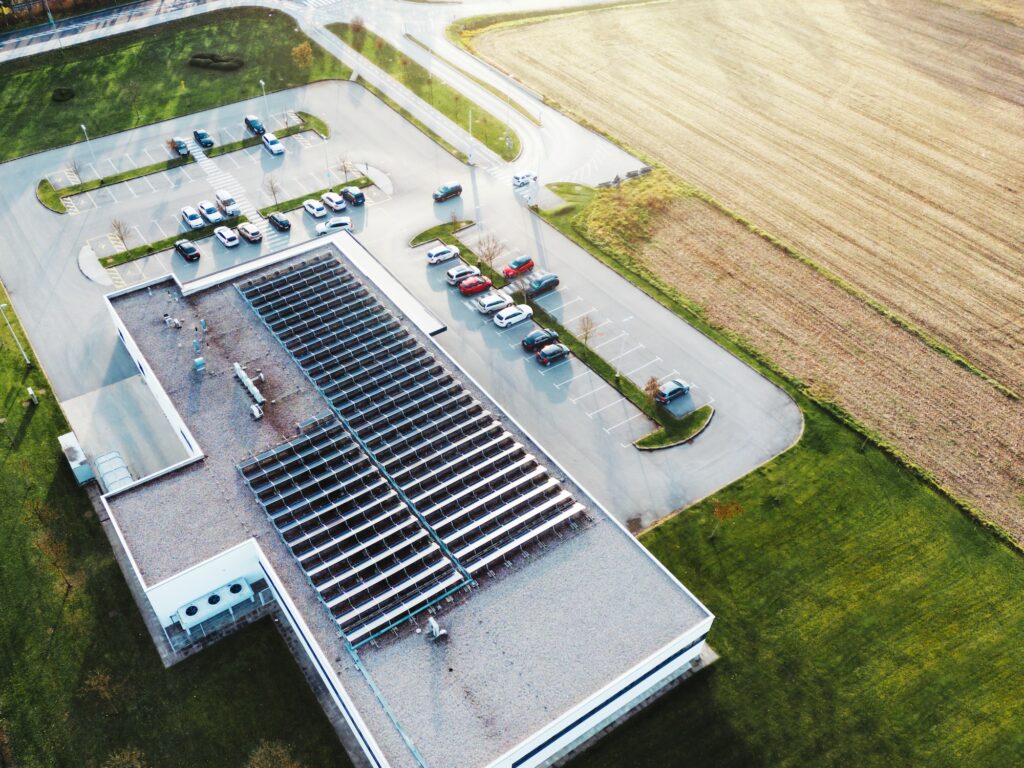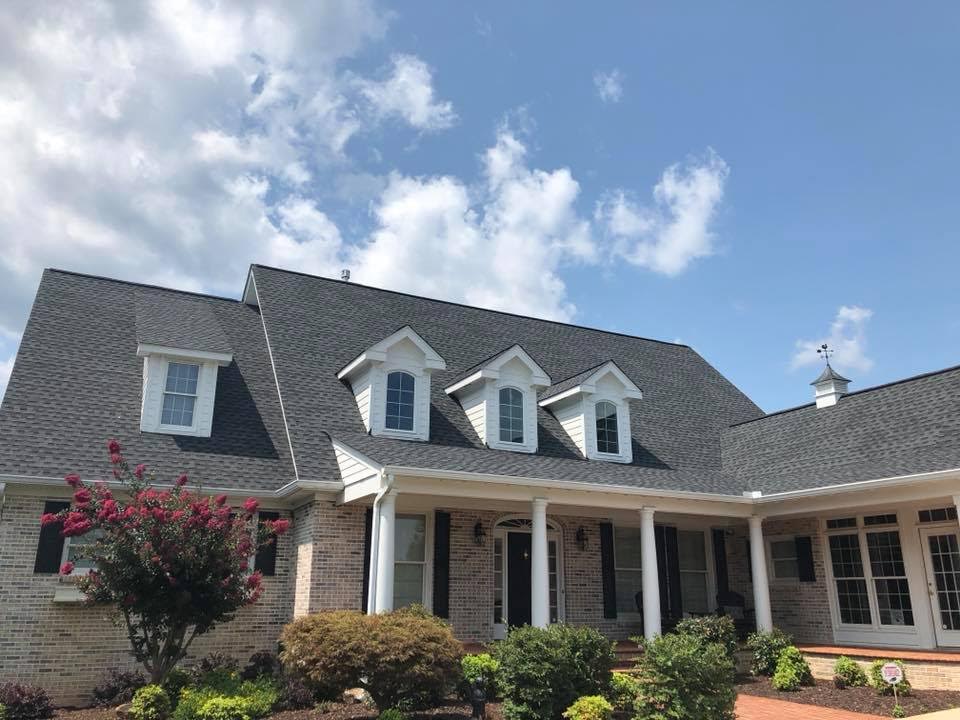Commercial roofing systems are intricate structures requiring a thorough understanding of their components to maintain their integrity and longevity. Core cuts are a vital diagnostic tool for assessing the condition of these systems. United Contracting & Roofing LLC utilizes core samples to provide detailed analysis, ensuring effective maintenance and repair strategies.
What Are Roofing Core Cuts?
Definition and Importance
A core cut, or roof core analysis, involves extracting a small sample from all layers of the roof. This sample provides a comprehensive view of the roofing system’s condition, from the surface membrane to the insulation and the roof deck. By analyzing these samples, we can detect issues that are not visible during a surface inspection.
The Process of Core Cutting
Step-by-Step Procedure
- Selection of Core Cut Areas: Core cuts are typically taken in pairs, with one cut on the high side and another on the low side of the roof. This approach helps in assessing the overall condition of the roofing system.
- Cutting the Core Sample: Using a coring tool, we cut into the roofing system. Identifying the deck style beneath the system is crucial to avoid damage. Different decks, such as metal, gypsum, tectum, and wood, require specific cutting techniques.
- Examining the Samples: The extracted core samples are examined to determine the depth, insulation type, membrane used, moisture content, and the presence of a vapor barrier. This information is crucial for deciding whether to repair, replace, or maintain the roofing system.
- Restoring the Core Cut Area: After analysis, the material is reinserted, and the membrane is patched to prevent leaks. The patching process varies depending on the membrane type (TPO, PVC, modified bitumen, or EPDM).
Interpreting Core Cut Results
Identifying Hidden Issues
Core cuts reveal problems at various layers of the roof. Common issues include:
- Water Infiltration: Moisture trapped within the insulation or roof deck can lead to rot, mold growth, and structural degradation.
- Insulation Degradation: Compressed or deteriorated insulation reduces energy efficiency, leading to higher utility bills.
- Multiple Roof Layers: Excessive layers can add weight and complicate future repairs. Building codes limit permissible layers, and core cuts help ensure compliance.
- Deck Condition: Core samples can detect rust in metal decks, rot in wood decks, or cracks in concrete decks, indicating the need for repair or replacement.
Creating a Maintenance Plan
Interpreting core cut results enables us to develop a precise maintenance plan. This proactive approach allows us to address minor issues before they escalate, ensuring the long-term durability of your roofing system.
Benefits of Core Samples
Early Detection of Issues
Core cuts allow for early detection of problems, preventing minor issues from becoming major, costly repairs. This proactive approach can save significant amounts of money and extend the lifespan of your roof.
Accurate Assessment
By analyzing core samples, we gain a detailed understanding of the roof’s condition. This accurate assessment enables us to make informed decisions about necessary repairs or replacements, ensuring the best possible outcomes.
Conclusion
Core samples are an essential tool for maintaining the health and longevity of commercial roofing systems. At United Contracting & Roofing LLC, we utilize core cuts to provide detailed analysis and develop effective maintenance strategies. Understanding the true condition of your roof through core samples ensures peace of mind and protects your investment.For more detailed information on How to Address Thermal Shock in Commercial Roofing Systems, click here.








